You don’t need a better camera—you need better habits. For years, I struggled to improve my phone photography, not realizing I was repeating the same mistakes. Once I fixed them, everything changed—and I wish I had known about them sooner.
10
Not Manually Changing the Exposure
It took me a while to realize I could manually adjust my phone’s exposure. Before that, cloudy skies would often be overblown, and I’d struggle to control contrast and shadows in harsh lighting.
When I discovered I could manually tweak the exposure, my smartphone photography improved significantly. Things got even better when I realized that I could lock the exposure. Moreover, I didn’t need to change any settings in the backend.
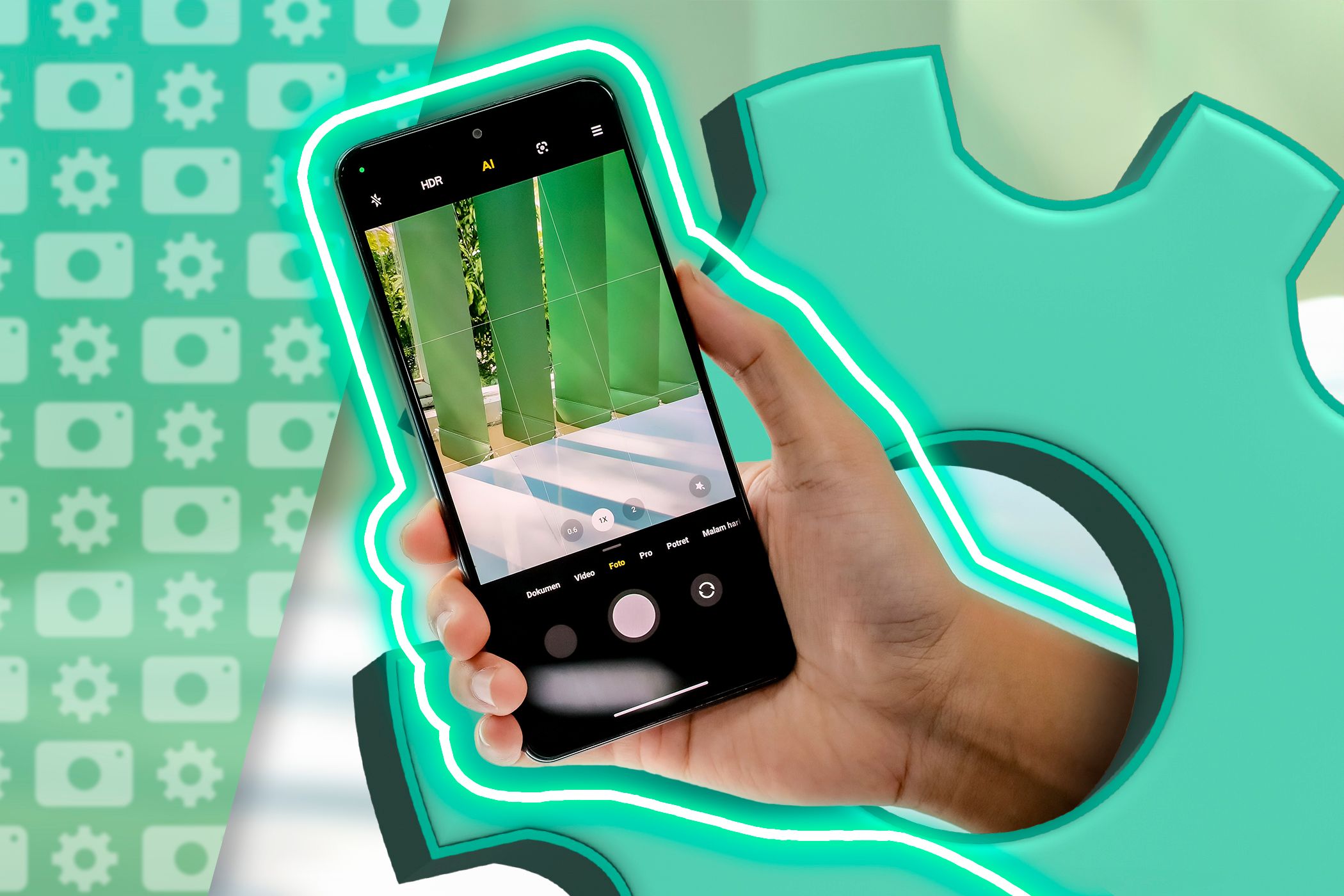
Related
Understanding the Camera Settings on Your Phone: What Each Feature Does
Discover what each camera setting on your phone actually does and how to utilize them for better photos.
9
Ignoring Shutter Speed
I prefer taking night photos with my smartphone to my camera, and one way that my smartphone helps me get better shots is through its long shutter speeds. However, I didn’t know for a long time that I could change the shutter speed for long-exposure shots. So, while my results were good, I never maximized my potential.
I’ve tried various camera apps to change the shutter speed. While using them takes some practice, the results are usually worthwhile. Slow Shutter Cam is one option; it costs $2.99, but the return on investment is huge.
8
Not Changing My Camera Filters
My phone’s standard color filter is fine for most photography situations, but it limited my creativity to use this alone for a long time. There are several amazing iPhone filters, and newer models have many photographic styles to choose from.
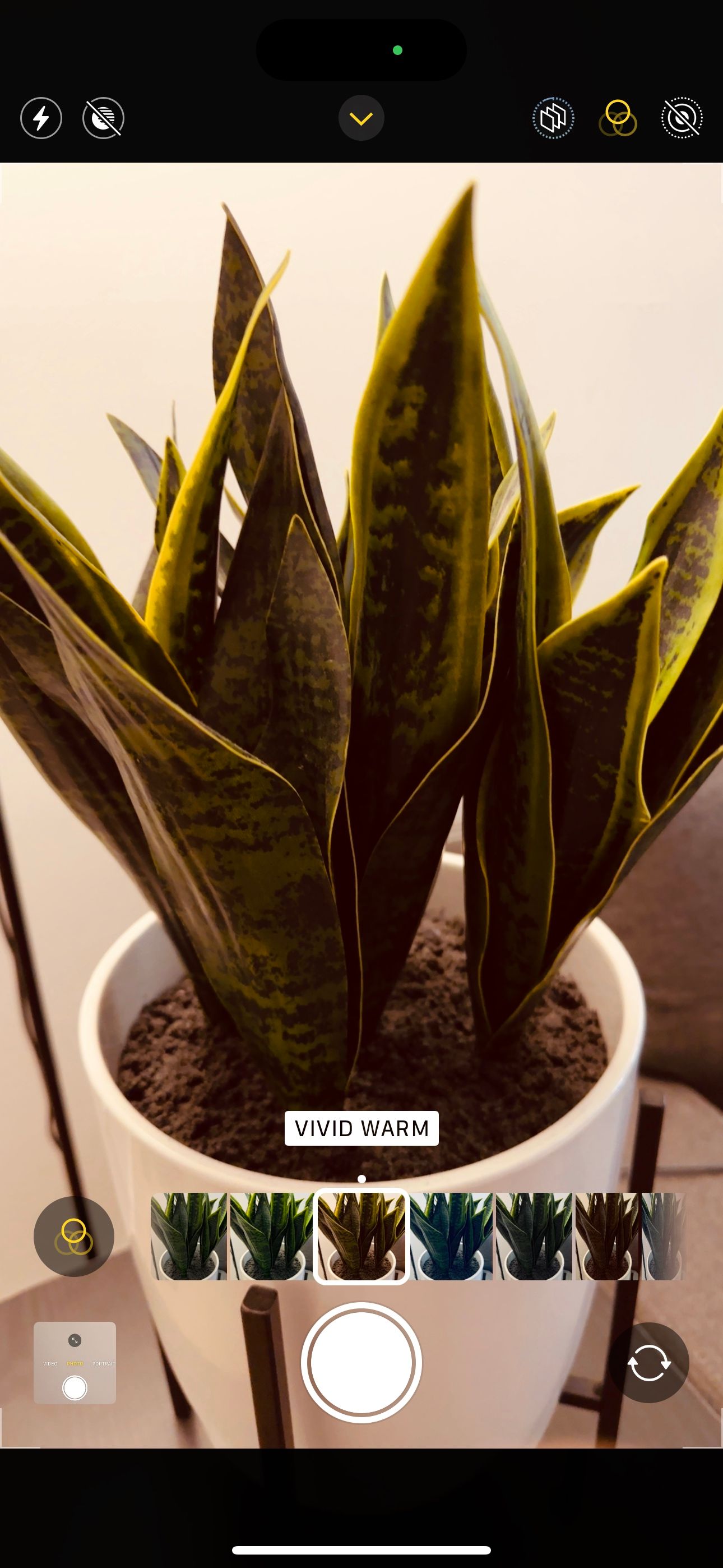
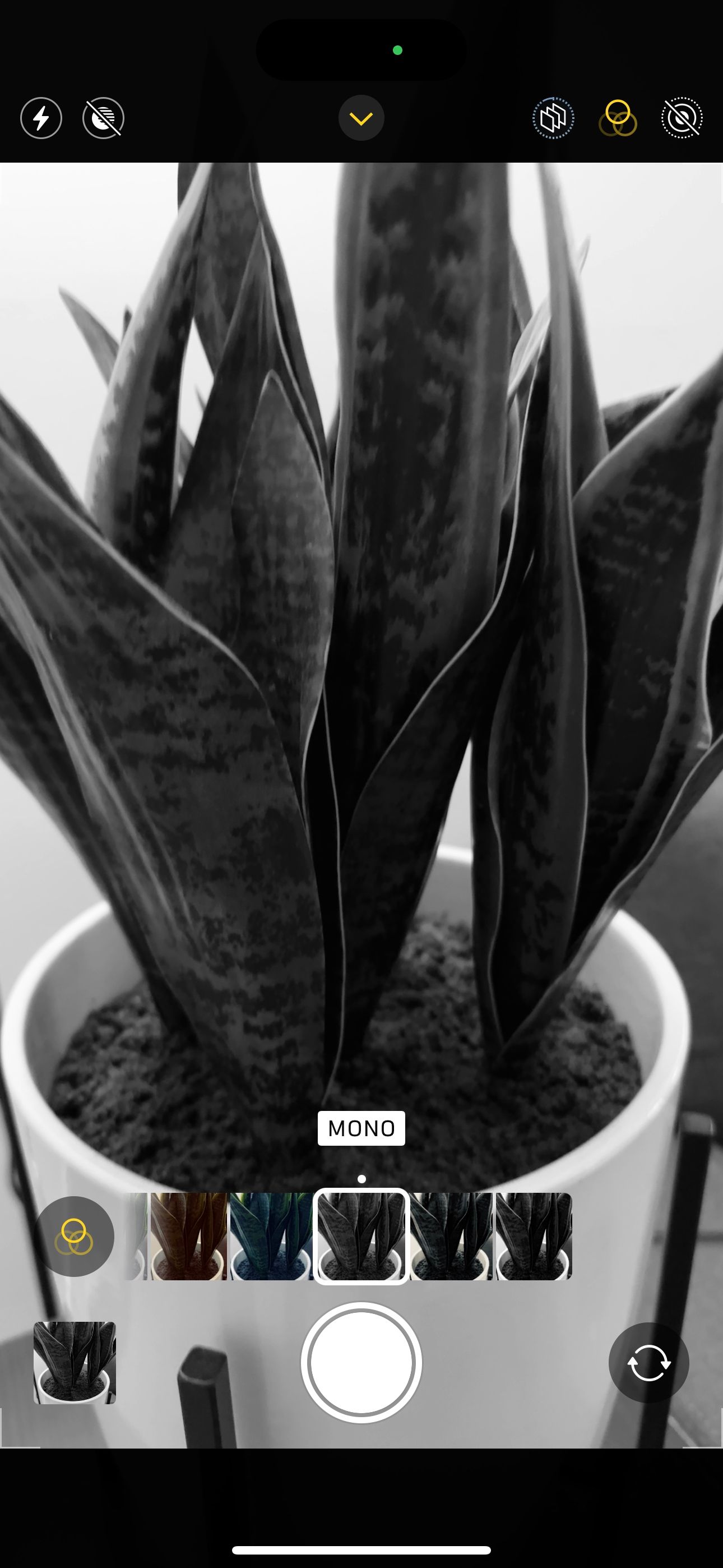
I can adjust my camera filter strength, meaning that the intensity matches what I want. If needed, I can always make further adjustments with my smartphone camera’s editing tools. Changing my filters before taking a picture has helped me achieve the style I want.
7
Not Turning on the Camera Grid and Levels
I don’t think I’m alone in saying that my old smartphone photos were often wonky and had bad composition. Turning on the camera grid would’ve saved me years of hassle.
Many smartphones now have a feature that shows the horizon line, making it easier than ever to avoid taking wonky pictures. Enabling the camera grid in your smartphone settings is an easy win for anyone.
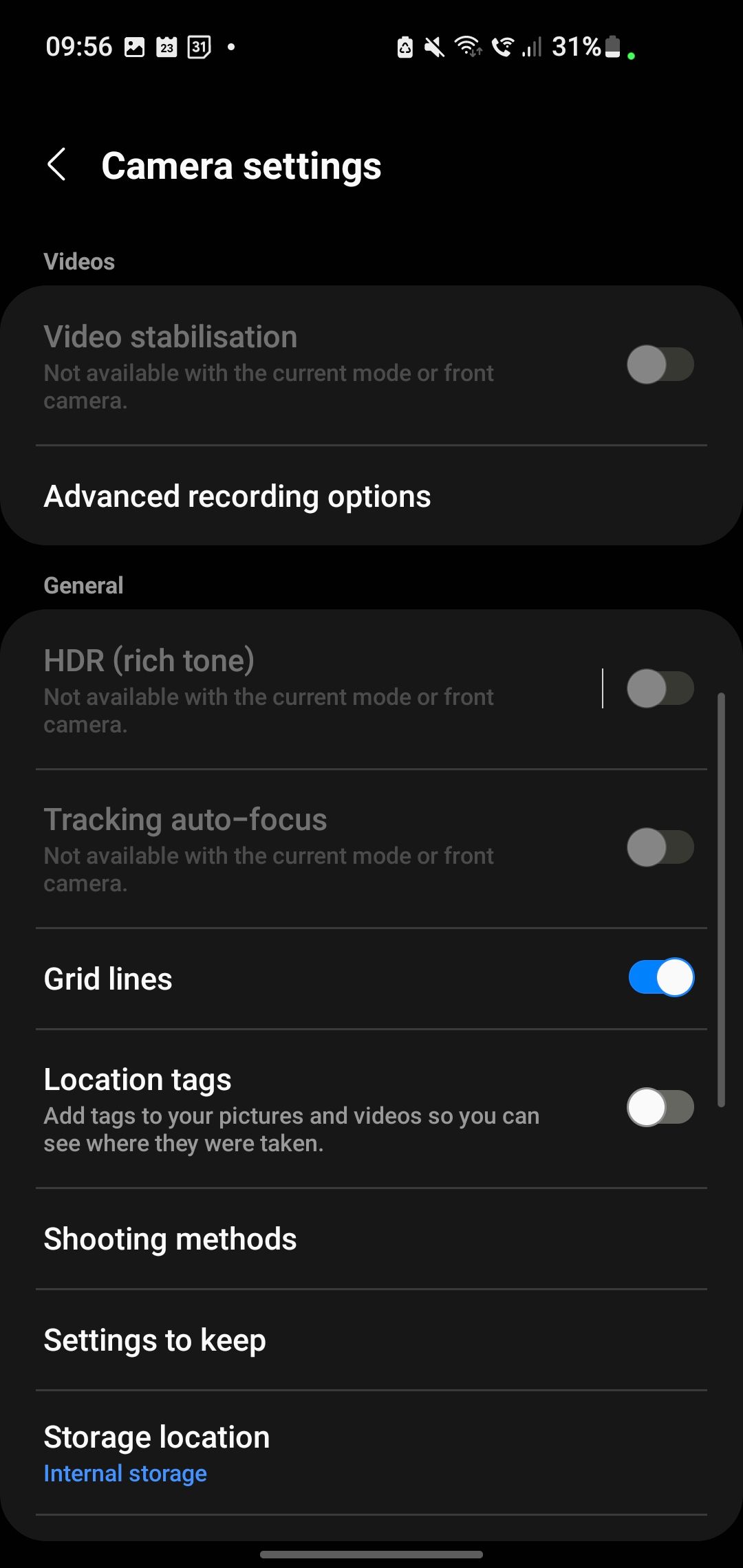
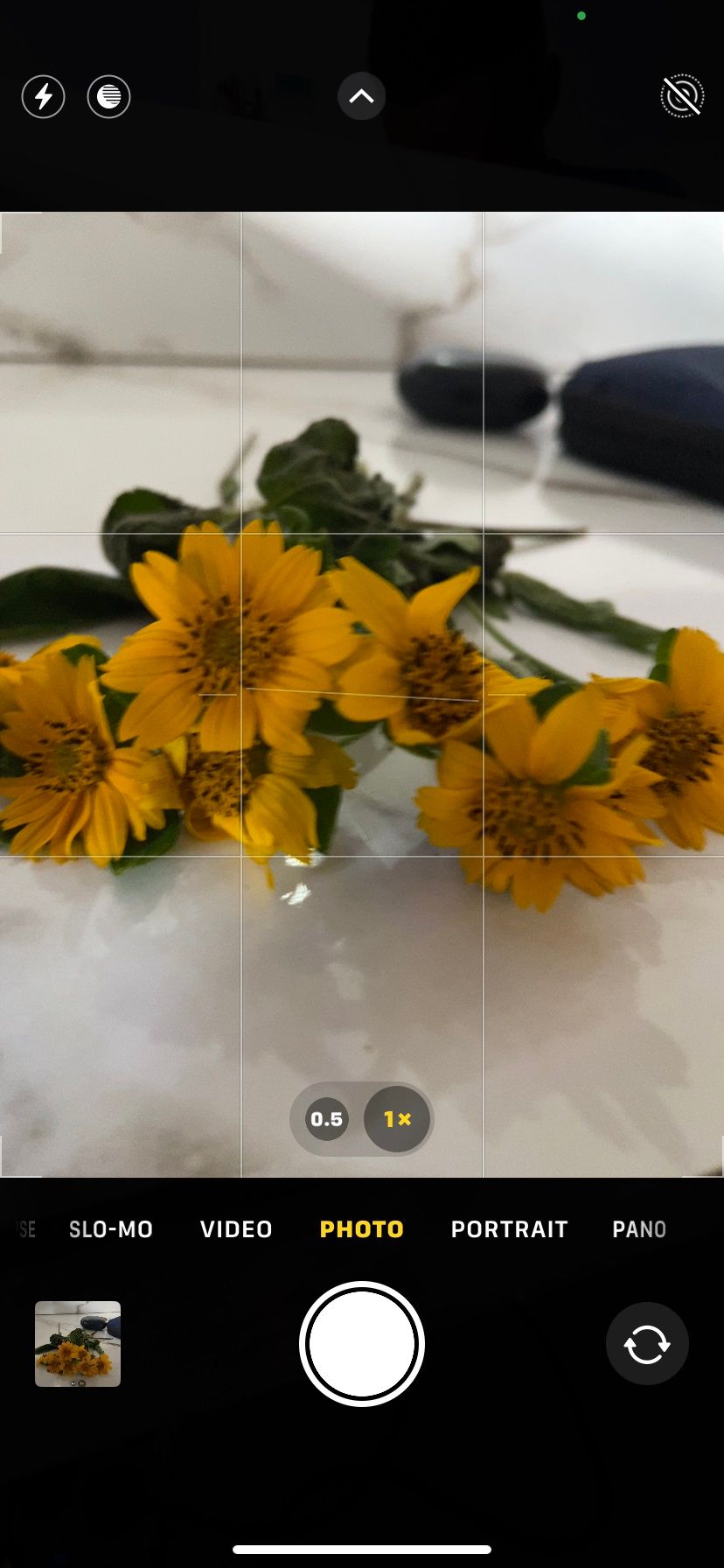
6
Overusing Portrait Mode
When Apple first introduced Portrait Mode, I thought that using it for everything would automatically make my photos look good. All I had to do was use a wide aperture, and my images would suddenly become professional, right?
Wrong.
I love using Portrait Mode when taking pictures of people, but not knowing when to use it is a rookie mistake. Now, I think carefully about whether I truly need Portrait Mode. Most of the time, my camera’s standard mode works just fine.
5
Ignoring the Importance of Color Theory
Color Theory is how each color interacts in a photo. For example, orange and purple are complementary colors. In my early photography days, I completely ignored this.
Applying Color Theory is one of the easiest ways I’ve improved the look of my pictures. In addition to looking for complementary colors, I consider whether I need to bring any items with me on a photoshoot. For example, I might bring a red umbrella if I take photos in a location with lots of green. These days, there are plenty of AI-powered online color palette generators to make the job even easier.
4
Taking Too Many Pictures
Taking lots of pictures as a beginner had benefits and drawbacks. On the one hand, I learned a lot about photography by capturing multiple images—especially when photographing different genres. But past the beginner level, it can become detrimental.
I should have been more intentional once I was no longer a beginner, but instead, I let scarcity creep in. I hoarded photos on my smartphone because I feared running out of ideas.
I relaxed once I stopped tying my ego to taking 100+ pictures each time I went out. Subsequently, I got better results and didn’t waste as much storage space.
3
Expecting My Editing to Fix Bad Photos
I took too many photos because I didn’t care how they looked in the camera. I thought I could fix bad edits later in post-production software, but this was not the right mindset.
Sure, I could change some things about my photos. For example, I could adjust the exposure and increase or decrease saturation. However, editing doesn’t fix problems like blurriness very well (even with AI tools).
I now look at photo editing as optional. It’s a tool I can access if needed, but it won’t suddenly make a bad picture look amazing. It’s also easy to learn any photo-editing app, meaning I can be versatile.
2
Only Using My Default Camera App
As a total beginner, my iPhone’s native camera app was more than good enough. The image quality was fine, and the app had enough features to help me learn the basics of photography. However, I limited myself by not trying different tools later.
I’ve since discovered many excellent apps that improve smartphone photography. These range from film-style cameras to tools with more control over the exposure triangle. While I still use my default camera app most of the time, trying others taught me more about taking better photos.
1
Not Understanding Limitations
I use Instagram for inspiration, but one of the biggest issues I initially encountered was not understanding my smartphone’s limitations. I would look at amazing pictures taken with full-frame cameras and then be disappointed that my phone didn’t match them. This was particularly true when the photographer used zoom lenses.
Understanding and working with my camera’s limitations accelerated my photography progress. I learned that zoomed-in pictures probably wouldn’t work with my device and that I might not get the colors I want without a proper camera. I was much happier once I realized these, too.
Making mistakes is an inevitable part of photography, but I wish I hadn’t made some of the ones I did. Nonetheless, they form part of my journey, and I’m grateful that I can pass this wisdom on to others. Being honest with your smartphone and your skill level are equally important.

